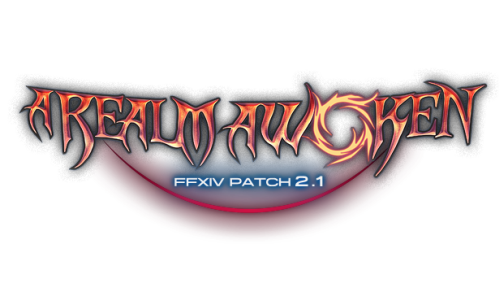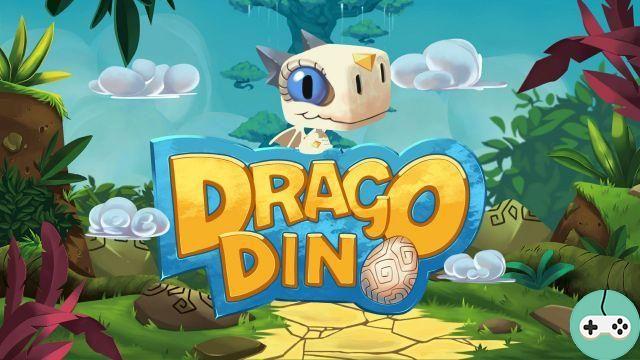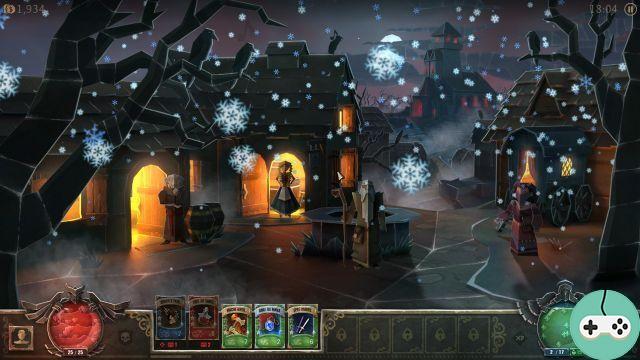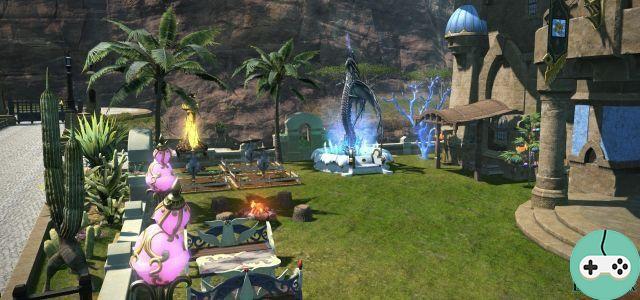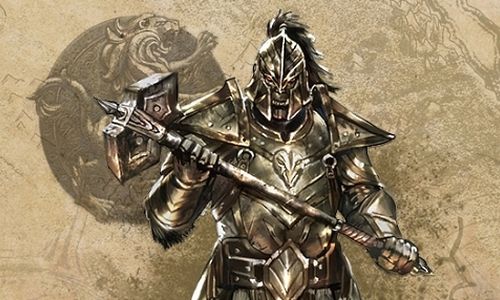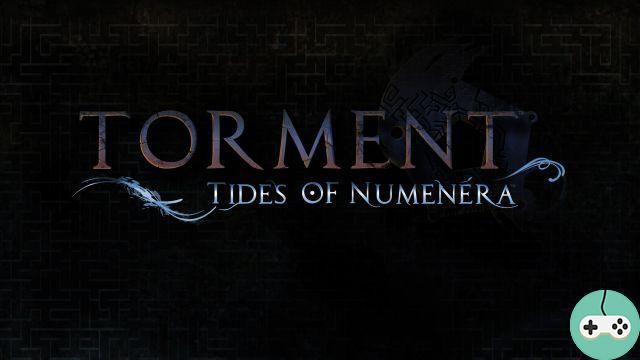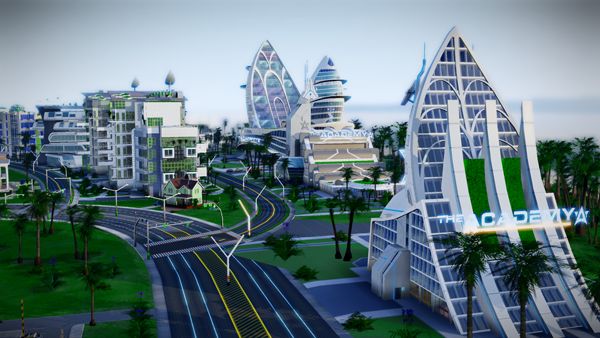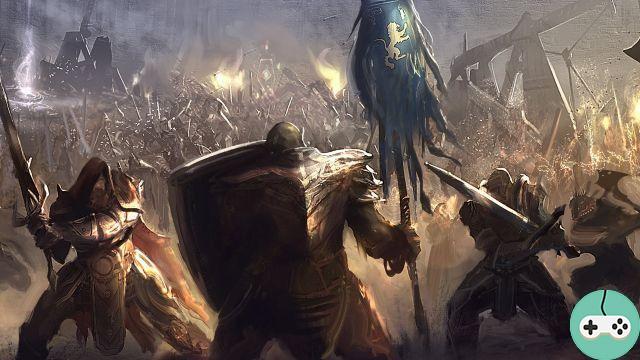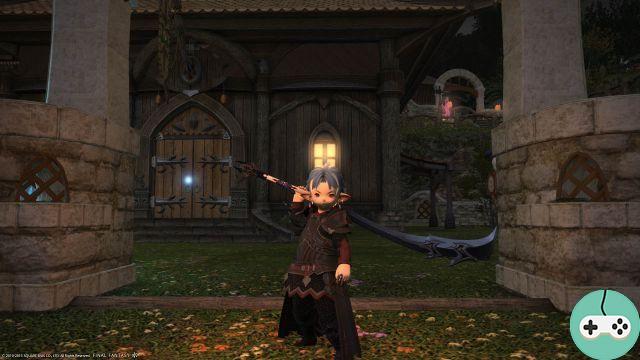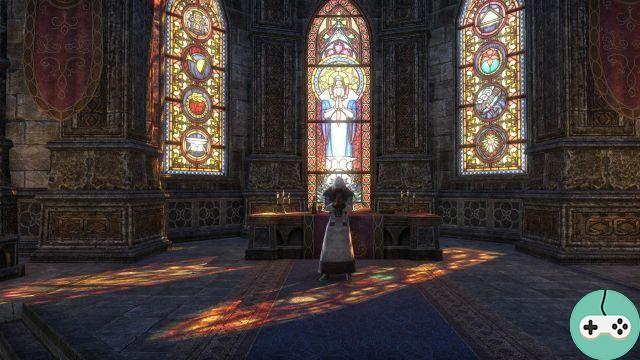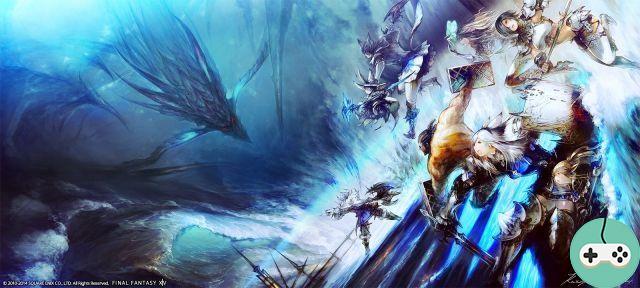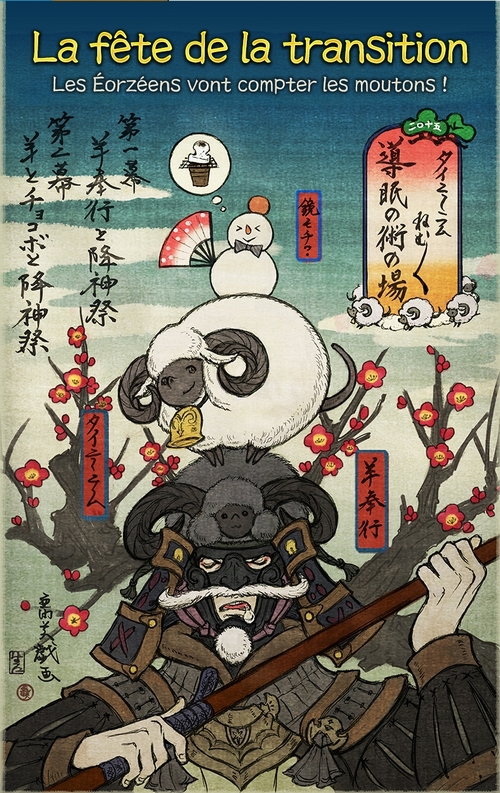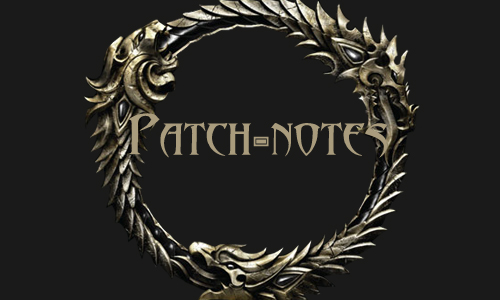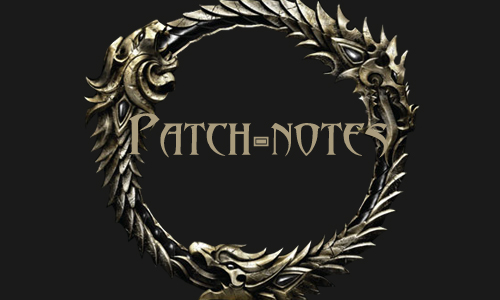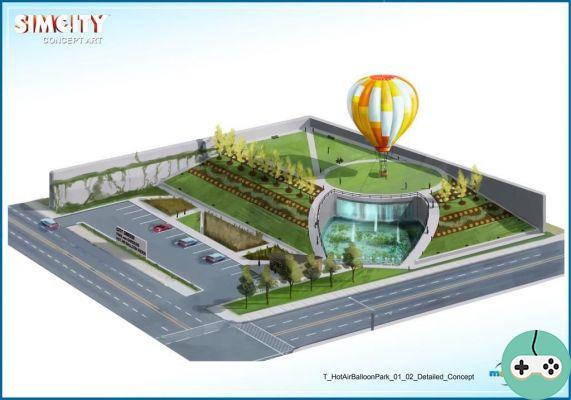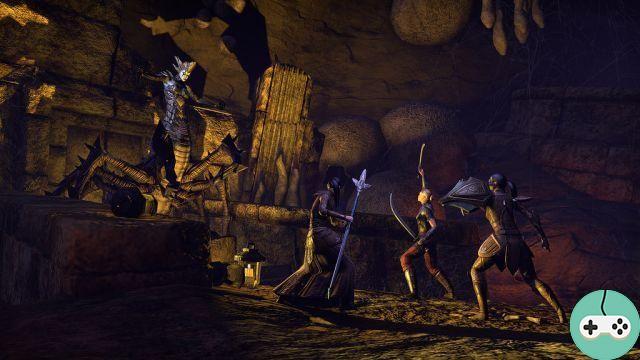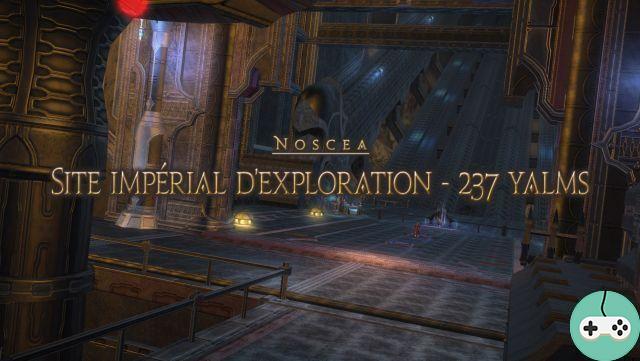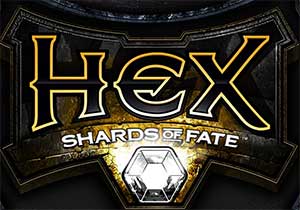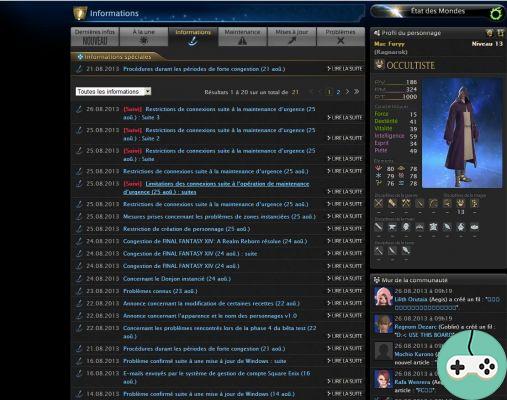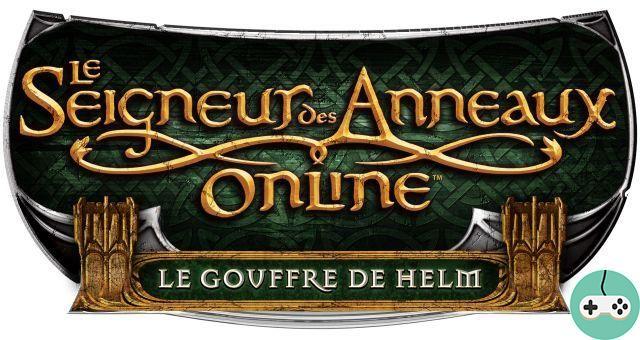
This evening was held the first developer conference in the presence of Masaki Nakagawa, designer of fights. Naoki Yoshida was also present.
Masaki Nakagawa first details his experience: before joining Square Enix in December 2011, he worked as a programmer on e-commerce systems. He's been an FFXIV player from the start.
He submitted his application to Square Enx after reading a post from Yoshida on the official forums. He first joined the items team, and was in charge of their statistics during the development of 1.x. He was then assigned to the "Monster Team" for A Realm Reborn.

Once in the team in charge of the monsters, he was busy! Shiva, Ifrit, Sophia, Leviathan, Garuda .... There is also The Tower of Syrcus, Alexander - Midas ...


Let's get into the thick of it ! The conference focused mainly on the creation of Ozma, but also more generally on how Masaki Nakagawa works.
How does the boss you will face come about? A diagram shows the main steps in this process, namely that others can hide!

It is first of all a concept, an idea that is discussed and studied. Then different elements are brought together, such as the modeling of the characters, the sounds, the combat mechanisms.
For Nakagawa, each content creator has their own way of doing things. For him it is about concentrating on the lore and the concept of the battle.
The idea of a fight can emerge in two ways: either it is the Lore Team which requests the creation of the fight, or it is precisely the team in charge of the fights which proposes the idea.
We come to the example of Ozma. Its lore is defined as follows:
- He has no conscience, he acts instinctively.
- His instinct tells him to consume and use this energy to evolve.
- What is devoured by Ozma continues to live in him.
The concept was more delicate, longer to develop. Ozma can take on different forms, each with their own unique combat mechanics. In addition, the location of the battle also changes during combat.

Masaki Nakagawa then discusses the rules to be taken into account when creating a fight.
- The 60 Second Rule: If you can't explain the lore and the concept of combat in 60 seconds without making it interesting, then you don't need to continue.
Yoshida asks: if Nakagawa hadn't managed to explain Ozma to him in 60 seconds, would he have given up? The designer replies that yes: if in 60 seconds the interlocutor is not interested, it is because the concept is too boring, too complex.
- Bring a new experience.

The new fight must bring something unique compared to what already exists. For Ozma it was his ability to change form and the place of battle.
For Shiva, it was the fact that she changed weapons, froze the ground, making it slippery for players.
For Leviathan it was the boat that was the innovative element.
Yoshida returns to this essential: he liked the concept a lot at the time, based on the 60 seconds rule, he confirms that he was indeed very interested quickly.
In fact, the boat itself is not moving. It's the sea below that moves, it's a bit of an optical illusion. Nakagawa comes back to this: it was a technical challenge, we had to find how to move the boat.

Another fight mentioned: that of Sophia. What we encounter today is not the initial idea. (It was about magic, but unfortunately I did not understand). The designer explains that it was too hard to explain it with the 60 second rule. He finally got the idea of other skills for Sophia.

- The novelty should always be more exciting than what already exists.

Yoshida thinks that each player has their preference among all the bosses anyway. As for Masaki, he explains when he has an idea, the development team sometimes panics, thinking "How are we going to create something like this?" ". The designer apologizes for the worries he is causing his team!
Back on the development of a fight, always on the example of Ozma. You have to create your Actions, your phases, see what additional enemies you put, what combat mechanics will be added.
As Ozma was going to have more shapes than any other boss, you had to know how it was going to be designed!

It took 6 months to create this fight. It was necessary to create the movements, the animations of the various transformations of Ozma.
It made more sense, for example, for it to be pyramid-shaped when attacking in 3 directions at the same time.


On screen you can see the original Ozma design document, which is in the middle. The gray areas are those where the players can evolve.

A side view is then shown:

These documents in hand, the combat team discusses with the designers, then with the Background team and in the end it is the Art team who sketches the first illustrations:



One of them looked like something too "Garlemald". The first pyramid was too dark for Yoshi.
We then move on to what Ozma was at the beginning, a concept more concept than what we have in the end. There were 6 groups of 4 players (2 DPS, one tank, one healer). The problem quickly arose: if a healer was knocked out, the team could no longer progress. This idea was then shelved.
But she might just come out. If an Extreme mode were designed, the team believes they could revert to this concept. Yoshida caters to the crowd: Do you really want Extreme mode? The public is obviously enthusiastic!

A video is shown, specially produced by the team for FanFest. If an Extreme version is made, we will surely find this element! But demand has to be strong. It would then be a version of Ozma only in Extreme for 24 people. Yoshi warns: if it gets real, it will be really difficult content, so we shouldn't complain afterwards.


We are approaching a new stage: the implementation. The latter includes 3 others: development, checks, necessary adjustments.

Everything is reviewed during checks: if the damage is good, if the graphics are correct, etc.
After the "gameplay check", it's time to test the Quality Team who will report the bugs.
In the following screenshot, the monster is seen floating towards the player instead of passing over the ground.

They first decided to change the way the monster moved, but in the end it was too complicated, so the monster changed and can now fly! Sometimes you have to think outside the box to solve a problem.

Another problem noted during the test and which led to a change: the management of healers.



During this phase, if both healers of the same group were to die, a healer from one of the allied teams could teleport to the part in difficulty when entering Ozma.
Last test: the one carried out by 24 people which will lead to further adjustments. Everyone gives their opinion.



The biggest changes are usually combat balance, boss HP, etc.
We must verify that the content can be produced by hardcore players, but also by the average player.
Below is a list of the many tweaks on Ozma before it was implemented. Long list!

Several examples are explained:

- Accelerator Bomb was an attack with a radius of effect, it became a single target attack: you had to reduce the difficulty. Too many targets = too much chaos.
- Phase 6 of Black Hole has been withdrawn: twice it was just too much.
- The cube's laser attack has been divided into 3 simultaneous attacks that target the tank of each group: apply the same difficulty to all three parts.
- Added a graphic effect to signal that the player is affected by Speed Bomb: make this information more visible.
It's time to wrap up! Masaki Nakagawa is very moved and has difficulty speaking. He was keen to share his work, how fights are designed and he hopes we enjoyed it, and who knows maybe encouraged some to work in this branch. It even encourages them to apply.
Yoshida speaks: don't hesitate to go talk to Nagakawa and congratulate her on her work!





